Top 10 Informatica Alternatives and Competitors in 2026
Summarize this article with:
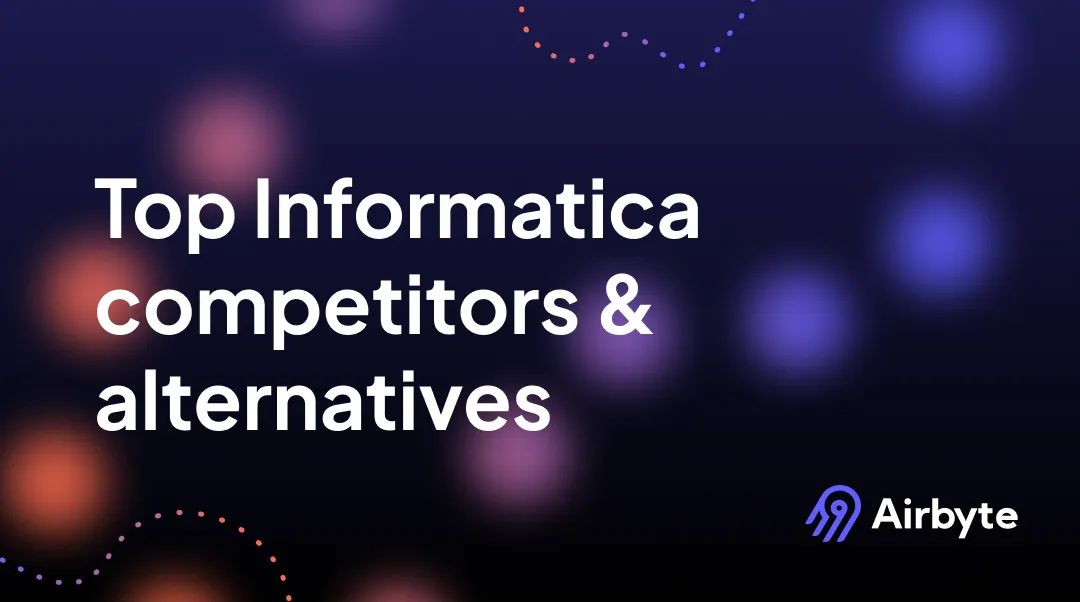

As your organization expands, the need for data analytics increases to understand market trends, manage finances, identify consumer patterns, and make sound decisions. The first step in this process is to migrate your data from disparate sources in the minimum time possible to gain a unified view. As the significance of data centralization increases, integration platforms like Informatica take center stage. It allows you to perform the integration processes effortlessly with its no-code methodology. Though the platform has been a popular choice, it also has a few limitations compelling you to switch to Informatica alternatives.
This article will offer an overview of the Informatica platform, detailing its advantages and limitations in data integration. It will also present the top ten competitors and alternatives of Informatica Powercenter in 2026.
What is Informatica?
Informatica is a leading enterprise software company specializing in data management and integration solutions. Founded in 1993, it offers a comprehensive suite of products designed to extract, transform, and load (ETL) data from diverse sources. With a metadata-driven approach, Informatica optimizes database operations and supports seamless integration across cloud and on-premises environments. Its robust tools in data quality, governance, and security empower organizations to manage, transform, and utilize their data effectively for informed decision-making.
Key Features of Informatica
Informatica serves various benefits for data integration and management. Here are some benefits of using Informatica:
1. Data Quality
With Informatica’s data quality features, you can identify and correct errors, inconsistencies, and duplicates in your data. This allows you to define and enforce data quality rules and track how well your data meets those standards.
2. Data Security
To protect your sensitive data and information from unauthorized access, this platform employs various security measures. These include data masking, access controls, encryption, and database credential management.
3. API Integration:
Informatica offers the API integration feature to establish connections between systems and applications. You can utilize various API protocols like REST API, SOAP API, and Open Data protocol to facilitate application connection.
4. Database Management
Enables connection and integration across a wide range of databases (e.g., Oracle, SQL Server) using a metadata-driven approach to optimize performance and streamline overall database operations.
5. Data Transformation
Provides a rich set of transformations—including aggregator, data cleansing, data masking, and filter—that help process and refine data effectively, even though it isn’t entirely no-code.
6. Orchestration
Leverages Informatica’s Data Integration Hub to coordinate and manage data movement across various systems and applications, ensuring smooth workflow integration.
7. Access Control
Offers granular access control mechanisms, allowing users to fine-tune permissions and manage access rights at the database, domain, and security rule set levels.
Why do you need Informatica Alternatives?
While Informatica is a powerful tool for managing and integrating data, some businesses consider other options for several reasons:
- Cost: Informatica can be expensive, especially for small businesses.
- Complexity: It's a powerful tool but can be complicated to use, which might be overwhelming for some teams.
- Specific Needs: Some businesses have unique requirements that other tools might handle better.
- Integration: Other solutions might work more smoothly with a company's existing software and systems.
- Real-Time Processing: Companies needing instant data updates might find other tools more efficient.
- User-Friendly Features: Some alternatives offer easier-to-use features, allowing non-technical staff to handle data tasks without specialized training.
Top 10 Informatica Competitors and Alternatives
Here is a list of the top ten Informatica alternatives you can use in 2026 to manage your data efficiently.
1. Airbyte
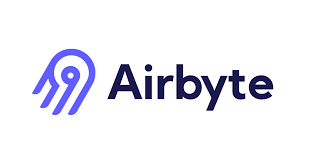
Airbyte is one of the leading data integration platforms designed to automate the integration process. It allows you to effortlessly integrate data from multiple sources like APIs, databases, and files into a centralized repository. You can use its extensive library of 550+ pre-built connectors to streamline data pipeline tasks or build custom connectors within minutes using its Connector Development Kit.
Key features of Airbyte are:
- Automate Connector Creation: Airbyte offers an AI-powered assistant for its Connector Builder feature. This helps automate the creation of custom connectors by generating suggestions and pre-filling fields based on the provided API documentation.
- Supports Vector Database: Airbyte provides connectors for some popular vector databases, including Pinecone, Chroma, Qdrant, and more. You can gather data from multiple sources and load it into a vector database to process and manage large volumes of unstructured data directly.
- Compatibility with Popular LLM Providers: Airbyte provides automatic chunking and indexing options that enable you to transform unstructured data and generate embeddings with pre-built LLM providers. These embeddings can be stored in vector databases through Airbyte connectors for further processing.
- Data Replication Capabilities: With Airbyte, you can leverage CDC capabilities as it allows you to replicate only the changes made in the source file into the target system. This helps you to easily track and identify appended data in your source and destination.
- Data Security: Airbyte is equipped with strong data security measures like strong encryption, role-based access control, and audit logs to safeguard your data during transmission. The platform also complies with industry regulatory standards, such as HIPAA, GDPR, and more.
- Vast Community: Airbyte provides an open-source version that is entirely managed by its vibrant community of data practitioners (800+ contributors). This enables the platform to keep up with the latest technologies and address any issues that arise.
- Multiple User Access: Airbyte allows collaboration with several users on a single instance. You can utilize role-based access control or single sign-on for efficient user management. This allows you to manage your data efficiently.
Advantages of Airbyte Over Informatica PowerCenter
Although Informatica is a popular data integration platform, it’s important to acknowledge its limitations, which are mentioned below. Here, you will also explore the advantages of Airbyte over Informatica PowerCenter:
- Open Source Tool: Informatica is not an open-source tool, which means you have limited customizations. Airbyte, on the other hand, offers an open-source version that is free to use and managed by its vibrant community. This offers extensive flexibility and customization options to tailor the platform according to your specific needs.
- Developer-friendly Interfaces: Informatica has limited developer-friendly interfaces for accessing and managing your data. In contrast, Airbyte offers four ways to manage data pipelines—PyAirbyte, UI, Terraform Provider, and API. The user interface helps you build data pipelines without the need for programming skills. If you prefer coding, you can opt for PyAirbyte, Terraform Provider, and API.
- Simple Workflow Management: Informatica uses multiple client tools like workflow monitor and repository manager to complete data transfer tasks. Meanwhile, Airbyte allows you to complete end-to-end workflows within minutes using its extensive pre-built connectors library. With Airbyte, you can efficiently monitor, manage, and set alerts for your data pipeline within a unified interface.
- Pricing Transparency: Informatica does not provide a clear pricing model and exact pricing plans, unlike Airbyte, which offers four versions—Open Source, Cloud, Team, and Self-Managed Enterprise. The open-source community is freely accessible to everyone, and the cloud version includes a pay-as-you-go model. The Enterprise and Team versions have customized pricing.
2. Stitch Data

Stitch is an open-source tool designed for ELT data pipelines. It facilitates you in collecting and replicating data from various sources and loading it into desired destinations, such as databases or data warehouses. Stitch provides a user-friendly drag-and-drop interface for building pipelines and features like data monitoring and error handling.
Key features of Stitch are:
- Data Integration: Stitch offers seamless integration with over 140 data sources, including databases, cloud storage services, and SaaS applications.
- Data Security: Stitch prioritizes security and compliance, offering access control and encryption features. Moreover, it also offers secure options to transfer data from sources and destinations, such as SSL/TLS, IP whitelisting, and SSH tunneling
Suggested Read: Stitch Data Alternatives
3. Fivetran

Developed in 2012, Fivetran is a cloud-based data integration platform that helps you perform ETL and ELT processes. This platform gives you the flexibility to decide your data integration strategy according to your business needs. The platform provides an automated data extraction and loading process to manage complex data pipelines, thus saving IT resources for other activities.
Key features of Fivetran are:
- Schema Changes: You can enhance your data integration process in Fivetran by automatically replicating the schema changes made in the source file to reflect them in the destination file.
- Data Integration: To experience a hassle-free integration experience, Fivetran allows you to connect disparate sources into a unified system seamlessly. It has a range of more than 500+ pre-built source connectors to perform a reliable data integration process.
- Inbuilt Data Models: Fivetran has pre-built data models that help you prepare and enrich your data transformation processes. One of its features allows you to create comprehensive tables to perform data analytics and visualizations.
Suggested Reads: Fivetran Competitors
4. Astera
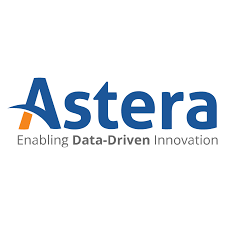
Astera is an end-to-end data integration and management platform that empowers you to handle multiple data models and optimize workflows. It is equipped with ETL and ELT capabilities for performing data extraction, loading, and transformation functionalities without writing a single piece of code. You can integrate diverse data sources seamlessly into your preferred destinations, thus creating reliable data pipelines.
Key features of Astera are:
- Unstructured Data Management: Astera allows you to transform unstructured data into a structured format using its AI-powered template-based extraction feature. This AI feature facilitates data extraction and accurate predictions, and streamlines operations in real-time.
- Task Automation: With Astera, you can automate your replication tasks at specific intervals and under certain conditions using its built-in job scheduler. It manages your workflow by implementing complex task sequences and allows you to track data workflow.
- Built-In Transformations: Astera is equipped with pre-built transformations and functions to enable you to manipulate data and draw actionable insights from it. This allows you to quickly perform transformations on sources by removing duplicates, errors, null values, and outliers.
5. Hevo

Hevo is a cloud-based data integration and replication platform developed in 2017. You can automate and manage end-to-end data pipelines by combining data from disparate sources into a single unified target system. The platform also supports ETL and ELT processes to fulfill data pipeline requirements. With Hevo’s intuitive interface and 150+ pre-built connectors, including 11 destination options and over 140 sources, you can effortlessly complete your data replication process.
Key features of Hevo are:
- Data Transformation: Hevo primarily supports three types of transformations, namely, in-flight, user-driven, and post-data transformation. The in-flight process entails minor changes, such as removing non-alphanumeric characters and spaces in a table. The user-driven transformation performs data cleaning and filtering before loading source data into the target system. And finally, the post-data process involves data refining after loading.
- Data Security: Safeguarding information is crucial to the integration process to avoid any external threats to the dataset. Hevo facilitates high data security standards with secure VPN, SSH, and Reverse SSH connections.
Suggested Read: Hevo Alternatives
6. IBM InfoSphere DataStage

IBM InfoSphere DataStage is an enterprise-grade ETL solution designed for high-volume, complex data integration. It employs parallel processing, which distributes large workloads across multiple nodes for efficient performance on massive data sets. It also delivers robust data quality and governance, automatically cleansing, validating, and managing metadata to ensure integrity and compliance throughout the data pipeline.
Key features of IBM InfoSphere DataStage are:
- Parallel Processing & Scalability: DataStage’s parallel processing architecture divides large integration jobs across multiple processors and nodes, significantly reducing execution time. This design enables the tool to handle high-volume and complex ETL workflows efficiently, ensuring that the system scales seamlessly as data demands grow.
- Robust Data Quality & Governance: DataStage incorporates comprehensive quality checks and metadata management capabilities. These features ensure that data is consistently cleansed, validated, and accurately governed throughout its lifecycle, helping organizations maintain high standards of data integrity and compliance across their enterprise systems.
7. Microsoft SQL Server Integration Services (SSIS)

SSIS is a powerful ETL component of the Microsoft SQL Server suite, offering a user-friendly experience. Its intuitive visual design enables users to construct data flows via a drag-and-drop interface, reducing the need for extensive coding. Additionally, its seamless integration with Microsoft’s ecosystem ensures compatibility with SQL Server, Azure, and related tools, streamlining enterprise data processing.
Key features of Microsoft SQL Server Integration Services are:
- Intuitive Visual Design & Customization: SSIS offers a drag-and-drop interface within SQL Server Data Tools, allowing users to build complex ETL workflows visually without extensive coding. Additionally, its support for custom scripting in C# or VB.NET enables the implementation of advanced logic for unique transformation requirements.
- Seamless Microsoft Ecosystem Integration: Deeply integrated with SQL Server and other Microsoft products, SSIS provides a cohesive and reliable environment for data processing. Its built-in logging, error handling, and parallel execution features work harmoniously within the Microsoft ecosystem, streamlining data integration for organizations heavily invested in Microsoft technologies.
Suggested Read:SQL Server Integration Services (SSIS)
8. Oracle Data Integrator (ODI)

Oracle Data Integrator leverages a modern ELT architecture to improve performance by pushing transformations to the target database. Its ELT-based design minimizes data movement and optimizes resource usage. ODI’s use of Knowledge Modules provides preconfigured, best-practice templates that simplify creating and maintaining complex data flows, ensuring efficient and scalable integration across diverse data environments.
Key features of Oracle Data Integrator (ODI) are:
- ELT Architecture for Enhanced Performance:
ODI uses an ELT model that leverages the power of target database engines to perform transformations. This approach minimises data movement and overhead by executing transformations where the data resides, resulting in improved performance and efficient resource utilization during integration tasks. - Knowledge Modules & Declarative Design:
ODI employs preconfigured Knowledge Modules that encapsulate industry best practices, allowing users to define what needs to be achieved rather than how. This declarative design simplifies development, reduces maintenance time, and ensures consistent, high-quality data transformations across complex integration processes.
9. AWS Glue
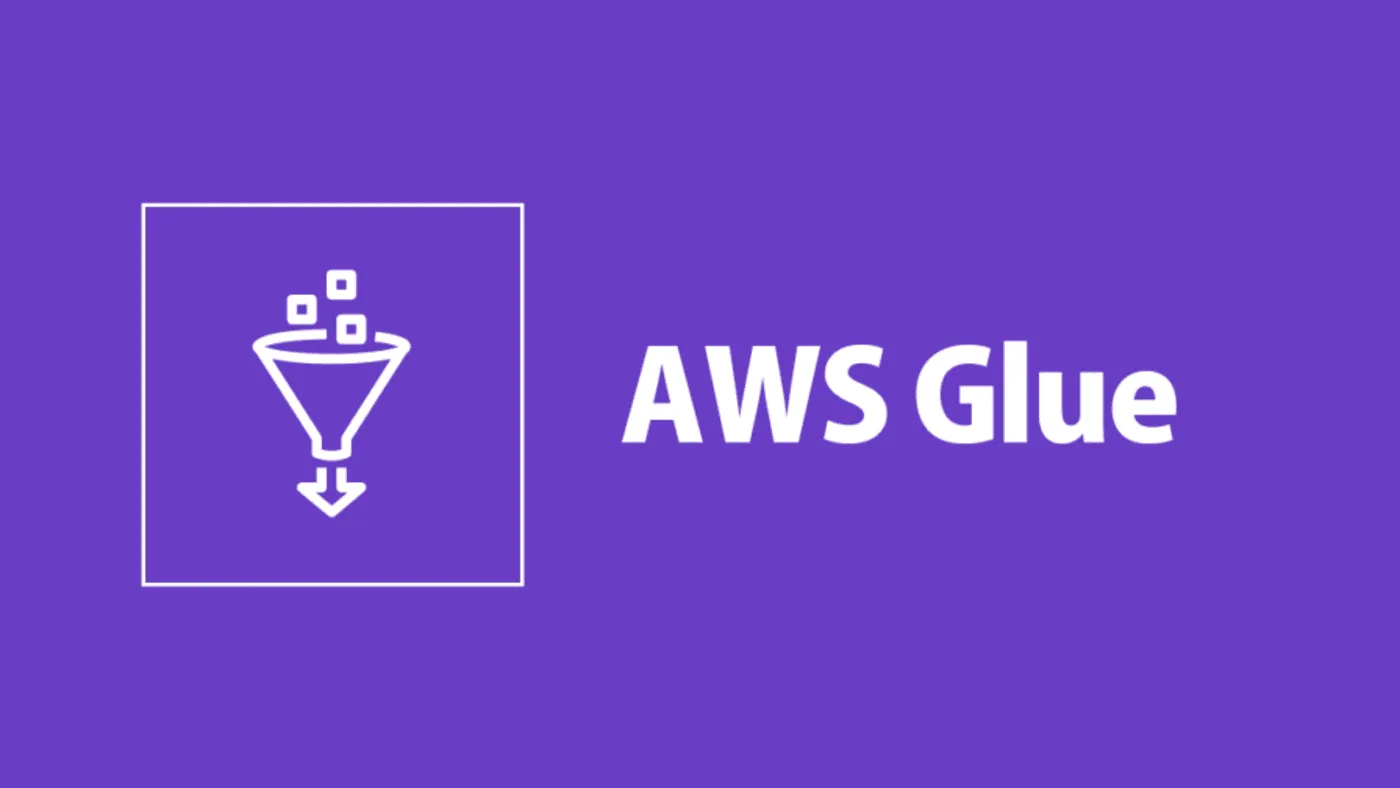
AWS Glue is a fully managed, serverless ETL service that automates data preparation. Its serverless architecture automatically scales to match workload demands, eliminating infrastructure management. Glue also features an integrated Data Catalog with automated code generation, which discovers data schemas and creates Python or Scala scripts for transformations, accelerating pipeline development and simplifying maintenance.
Key features of AWS Glue are:
- Serverless, Scalable ETL Service:
AWS Glue is entirely serverless, which means it automatically scales to match your workload without manual intervention. This serverless design eliminates infrastructure management overhead, ensuring efficient, high-availability processing of ETL jobs while keeping costs proportional to actual usage. - Integrated Data Catalog & Automated Code Generation:
Glue features an integrated Data Catalog that automatically crawls data sources to infer schemas and capture metadata. It also generates ETL code in Python or Scala based on your transformation rules, reducing manual coding and accelerating the setup and maintenance of data pipelines.
10. Azure Data Factory (ADF)
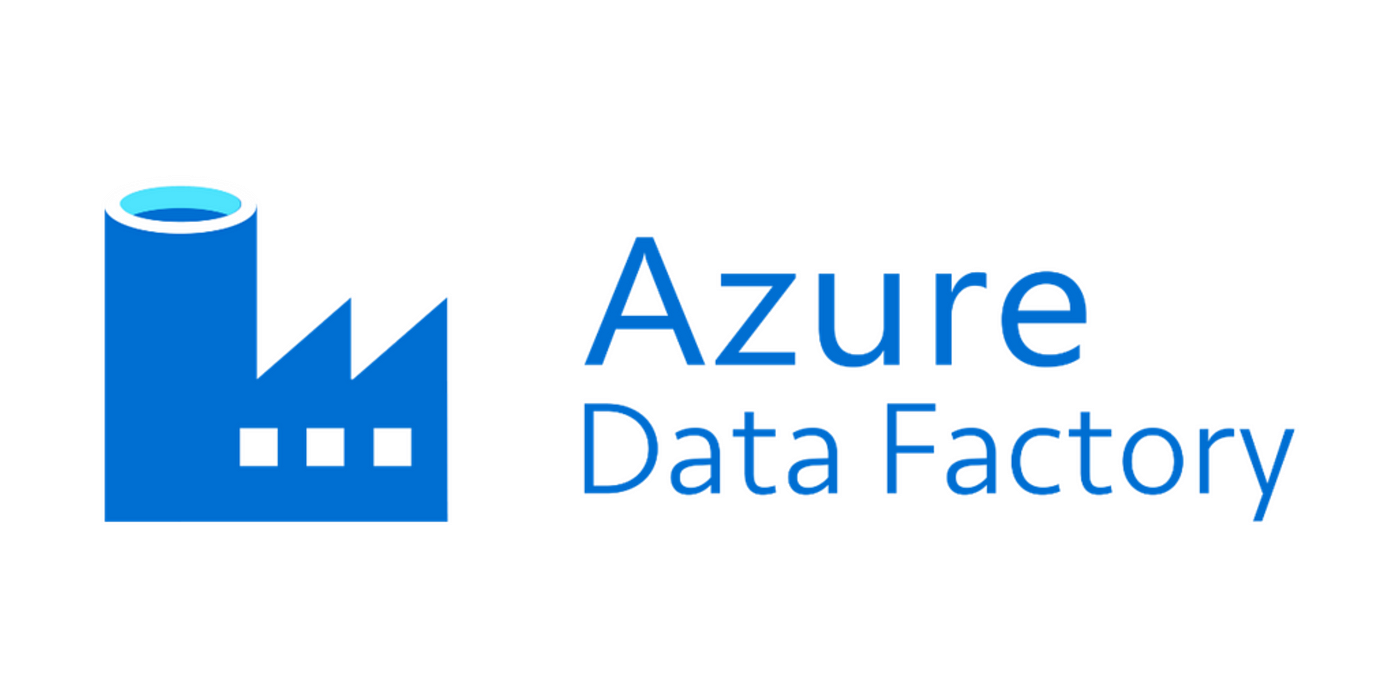
Azure Data Factory is Microsoft’s cloud-based data integration service built for hybrid environments. Its visual pipeline designer allows users to easily create, schedule, and monitor ETL workflows with minimal coding. ADF’s hybrid integration capabilities connect on-premises, cloud, and multi-cloud sources, ensuring smooth data movement and transformation across a wide variety of platforms and services.
Key features of Azure Data Factory are:
- Intuitive Visual Pipeline Designer:
ADF provides a user-friendly, drag-and-drop interface for building data pipelines. This visual designer simplifies the creation and management of complex ETL workflows, allowing users with varying technical expertise to design, schedule, and monitor data integration processes effectively. - Hybrid Data Integration Capabilities:
ADF supports seamless connectivity across on-premises, cloud, and multi-cloud environments. Its extensive library of connectors enables organizations to consolidate data from diverse sources into a single repository, ensuring smooth data movement and transformation regardless of where the data resides.
Final Word
A large amount of data is generated daily to serve different business requirements, such as sales, marketing, and other customer services. Therefore, integrating and automating data has become more imperative than ever. Although Informatica has data integration capabilities, Informatica PowerCenter alternatives have a lot more to offer. For instance, if you are looking for an open-source tool, you can try Stitch, but if your requirement is cloud-based, Fivetran might be a better choice.
However, if you are looking for a platform to fulfill your data integration needs in addition to open-source and cloud-based deployments, Airbyte would be a go-to choice.
Airbyte’s ELT approach enables you to integrate data from structured and unstructured data resources seamlessly. It eliminates the need for coding, reduces manual interventions, and offers several ways to manage your pipeline. So, sign up for the Airbyte platform today to leverage its data integration capabilities to upscale your analytics journey.
What should you do next?
Hope you enjoyed the reading. Here are the 3 ways we can help you in your data journey:



Frequently Asked Questions
What is ETL?
ETL, an acronym for Extract, Transform, Load, is a vital data integration process. It involves extracting data from diverse sources, transforming it into a usable format, and loading it into a database, data warehouse or data lake. This process enables meaningful data analysis, enhancing business intelligence.
This can be done by building a data pipeline manually, usually a Python script (you can leverage a tool as Apache Airflow for this). This process can take more than a full week of development. Or it can be done in minutes on Airbyte in three easy steps: set it up as a source, choose a destination among 50 available off the shelf, and define which data you want to transfer and how frequently.
The most prominent ETL tools to extract data include: Airbyte, Fivetran, StitchData, Matillion, and Talend Data Integration. These ETL and ELT tools help in extracting data from various sources (APIs, databases, and more), transforming it efficiently, and loading it into a database, data warehouse or data lake, enhancing data management capabilities.
What is ELT?
ELT, standing for Extract, Load, Transform, is a modern take on the traditional ETL data integration process. In ELT, data is first extracted from various sources, loaded directly into a data warehouse, and then transformed. This approach enhances data processing speed, analytical flexibility and autonomy.
Difference between ETL and ELT?
ETL and ELT are critical data integration strategies with key differences. ETL (Extract, Transform, Load) transforms data before loading, ideal for structured data. In contrast, ELT (Extract, Load, Transform) loads data before transformation, perfect for processing large, diverse data sets in modern data warehouses. ELT is becoming the new standard as it offers a lot more flexibility and autonomy to data analysts.
